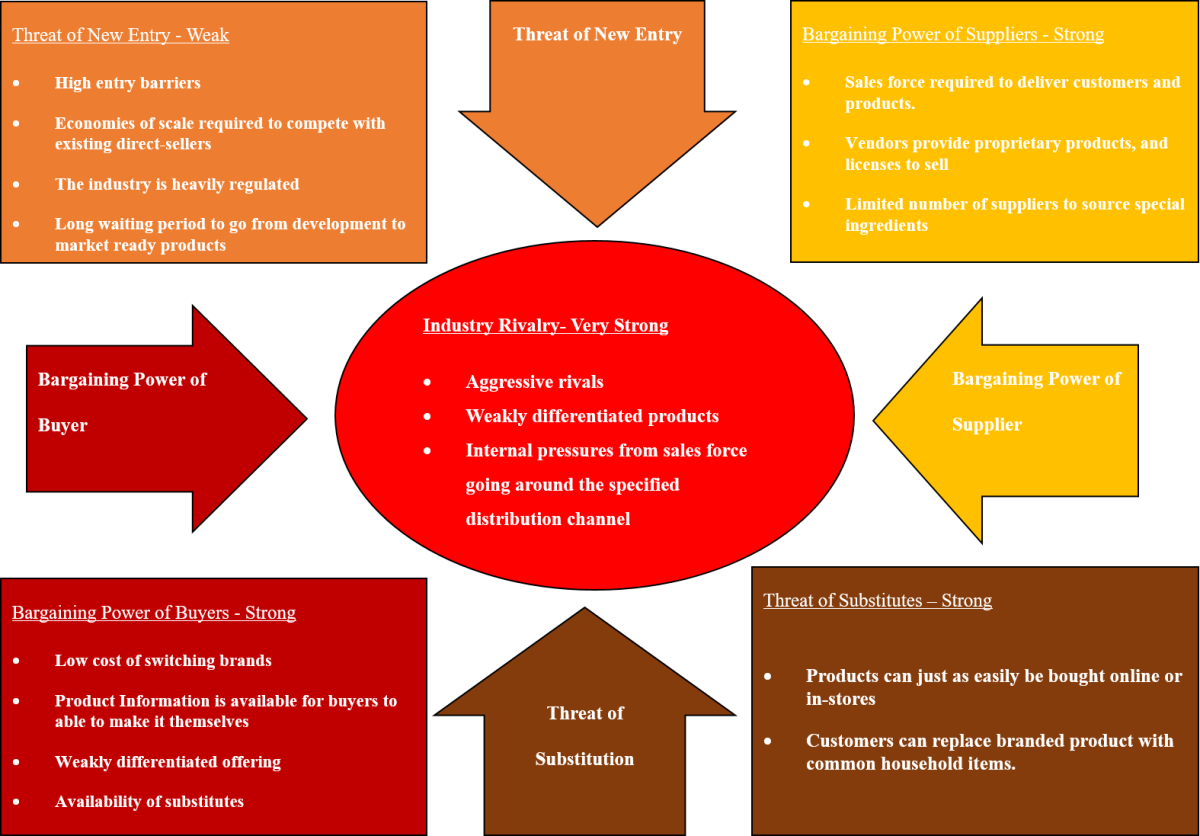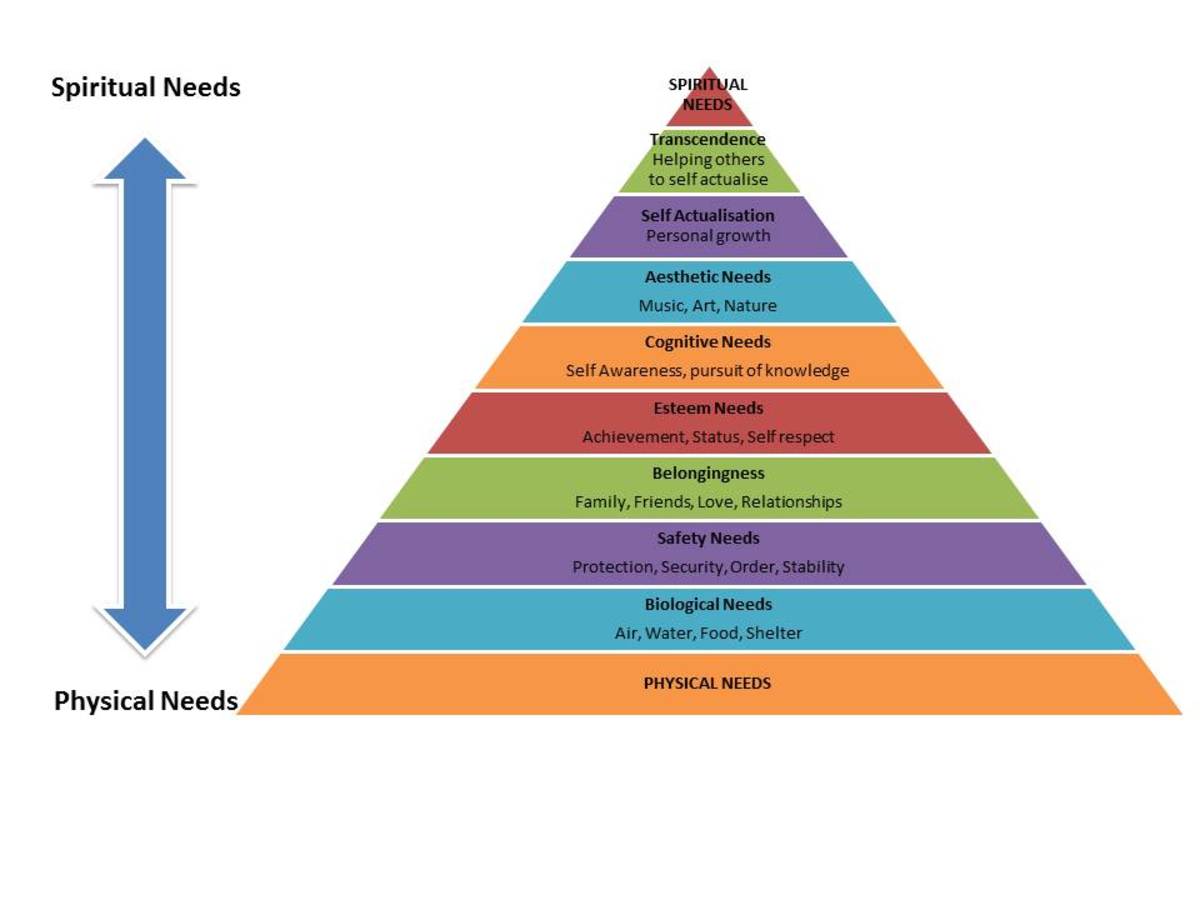How to Conduct an Employee Performance Review
Performance reviews are often dreaded by both employee and employer alike. It seems like a formal task that is just a waste of time. If performance reviews are done right, however, they are an invaluable tool to both the employer and the employee. Employers who use performance management are much more likely to have happier employees, and as a result, employees with better job performance.
Why conduct a performance review?
Performance reviews give both sides an accurate reading of the company. It can answer two important questions for the employee: “What are your expectations of me for the job?” and “How am I doing meeting those expectations?” They also tell the employer how clear they are at communicating their desires of the employees and how the employees feel about the work place.
When to conduct an employee performance review?
Conducting employee performance reviews should not happen just once a year. Salary increases might happen once a year, but the employee performance is 5 days a week, 52 weeks a year. If an employee is not performing up to par, it should be brought to the employee’s attention immediately. This is good for the employee and the company; it can save the company clients, time and money and it can save the employee’s job. Employee job satisfaction is higher and, therefore, performance, if they are feeling valued at their job if nothing is going wrong. Manager performance review should not just happen when there is a problem. Additionally, when performance reviews happen more frequently, they can take less time and be less stressful for both the employee and the employer.

Step One: Prepare
Do not go into a performance review without preparing. Careful notes should be taken on what needs to be covered. There should be both the positives and the negatives of the employee performance. Know exactly what it is you want to cover, and how you want to say it. This is also important because you need to have a complete record of any issues in the human resource file that was discussed with the employee about employee performance.
Step Two: Schedule the meeting
Choose the time the performance appraisals carefully. If it is likely that the employee evaluation is not likely going to be positive, do not schedule it when the employee has a big meeting afterwards. Make sure you leave enough time for all meetings to be thorough; remember this is a two-way street and should allow for conversation and the employee to voice any concerns. It is a wise idea when you evaluate employee performance to schedule the easier meetings earlier in the day and the more difficult meetings at the end of the day.
Step Three: Open with a positive attitude
Give a warm and open greeting when performance appraisals. The atmosphere should be relaxed and not formal. Start with brief small talk and then tell the employee what it is you want to cover during the employee evaluation in general terms. Let the employee know what topics you will cover and what order you will cover them.
Step Four: Go over employee performance
Start with the positive. Even problematic employees have some redeeming qualities; the employee wouldn’t have been hired otherwise. Most employees are afraid of losing their jobs. Even if you need to fire an employee, the employee performance review isn’t the place to do so. This is also a great time to let your employee know that you value their performance and contributions to the company.
Employee Performance Management Software and Books
Don’t be oppositional. Do not criticize the employee; keep your feedback focused on employee performance. Your goal is to evaluate job performance and not the individual. You do not want the performance appraisal to turn into a gripe session. Employee moral should be higher when the employee leaves and not lower.
Keep it simple. Do not go into so many details that the main point is lost. You want to focus on job and company objectives, the ability of the employee to meet those objectives, how important events were handled, and how to further the employee’s career goals.
Stay consistent. Top performers should hear praise while poor performers are given ways to improve. The main focus should be on quality of job performance. Secondary issues include attitude, leadership, initiative, cooperation, maturity and ability to work with others. Giving praise to employees who are not meeting their potential at the time of the employee performance appraisal does not help anyone. If there comes a time where you need to let an employee go, you will need this performance reviews to prove the employee knew about the situation and was given every chance to succeed.
Make sure the exchange is a dialogue. You do not want the employee to feel like a number any more than you want to sound like a drone. The goal of performance management is to propel everyone forward. As much as you need to give feedback to the employee, you need to be taking in feedback too. Try to formulate questions within the performance review that seeks out the ideas of the employee. The employee will feel valued and heard and will work harder to meet expectations set forth in the evaluation. You also need to know if the job description does, in fact, match the job’s needs. You need to know what the company can do to help the employee do the best job possible.
Be an active listener. Pay attention to the employee’s verbal and non-verbal cues. Be sure the employee is going over all issues that are job performance related that might be of concern. This can include a work/life balance. Rephrase and summarize when the employee tells you things to make sure you correctly understand what is going on. Make sure the employee feels valued, which will increase job performance.
Go over the performance review results. If a rating system is used, be sure that the employee understands the employee performance system used and the rating they are given. Provide specific information on how the conclusion was reached.
Look to the future. Set specific goals that you want the employee to reach. If employee performance is low in one area, seek ways to help the employee bring up that part of the job performance. List vital tasks that need to be accomplished long term and short term goals to help the employee reach these objectives. Go over what the employee desires from the company. Success of the employee equals success of the company. Make sure each employee evaluation is personalized to the individual employee. If the employee wishes to enhance skills, set goals to do so. If the employee wishes to get into management, find ways to help accomplish meet this target.
End on a positive note. Even the worst performing employees should have an employee evaluation that ends positively. The point is to always help the employee improve and succeed. Let high performing employees know that you appreciate their work and efforts. Let low performing employees know that you are there to help them and appreciate their efforts. At the very end of conducting an employee performance review, summarize the discussion, have the employee sign copies of the performance review, and set up follow-up procedures.
Step Five: Follow up
Check in with the employee to make sure goals are being met. Be sure to stay true to your word and help the employee in any way that you stated you would. This also includes a consistent and regular, not just yearly, employee job performance reviews.
In Conclusion
A good employee performance system will keep work output flowing, help staff feel more comfortable, and improve performance of individual employees and the company. The performance review should help improve all dynamics within the company, not just the employee performance. The employee performance system should look at management and the company in as much as it evaluates the employee. It should be a process that does not bring dread, as there can be no surprises and happens frequently.









